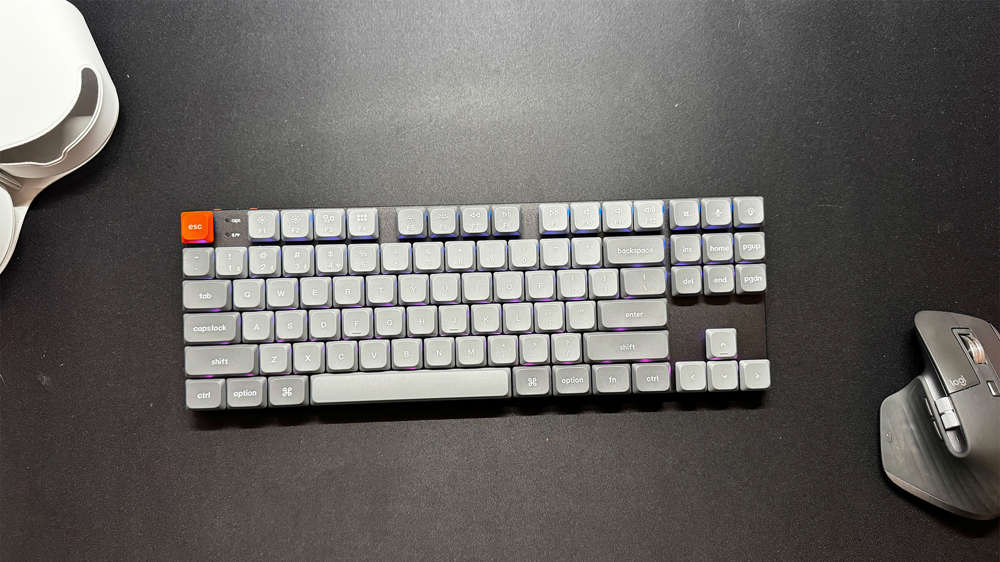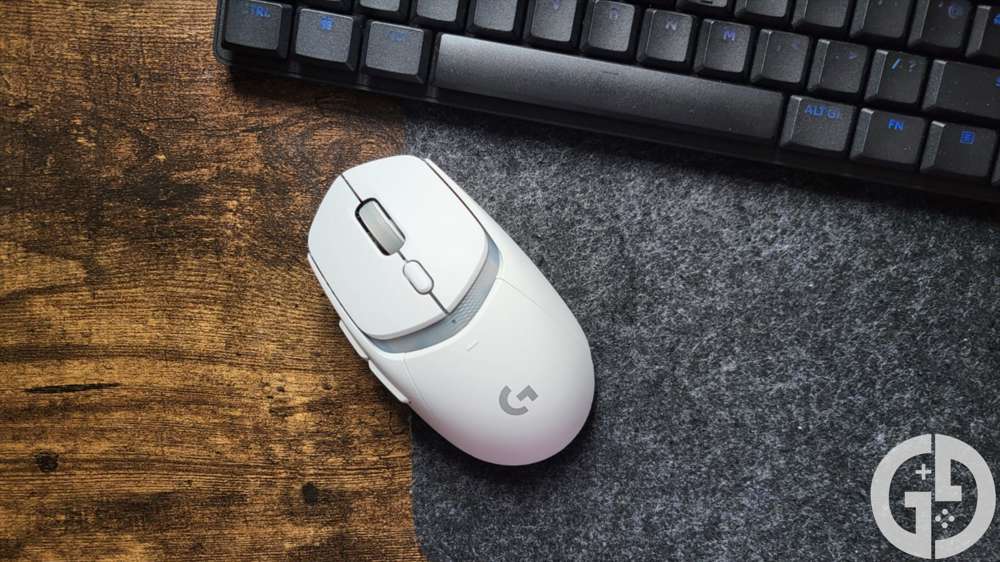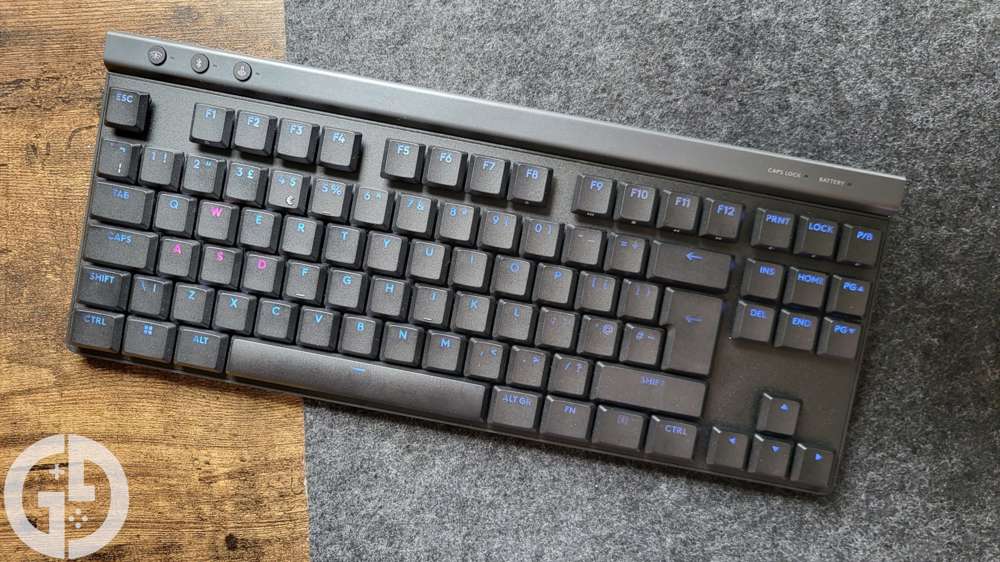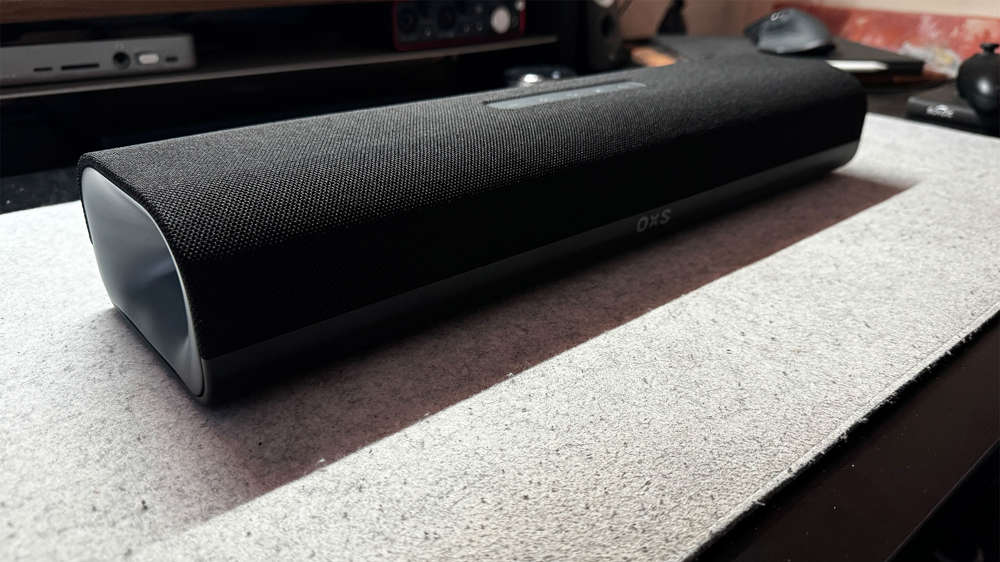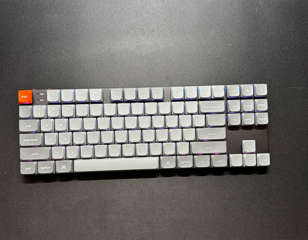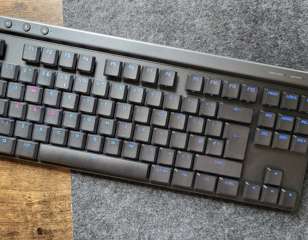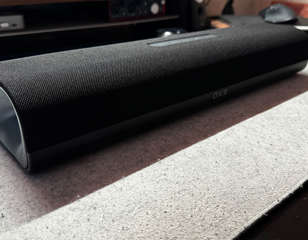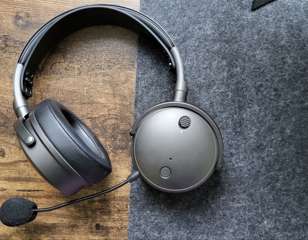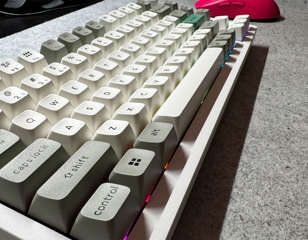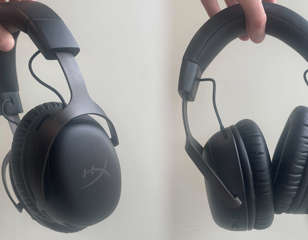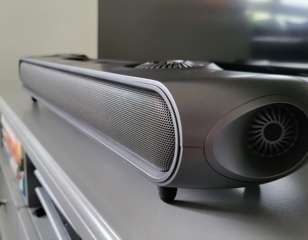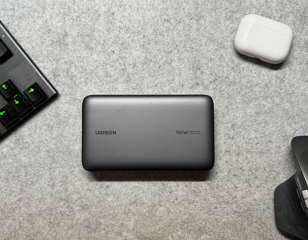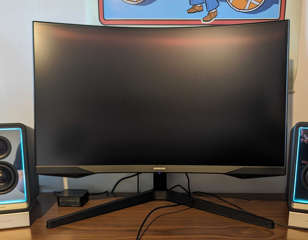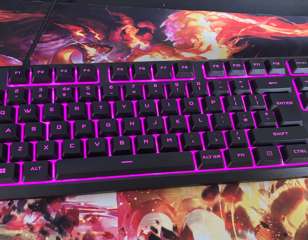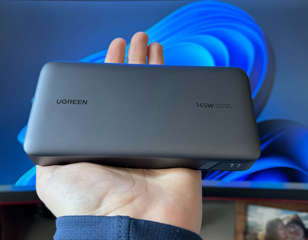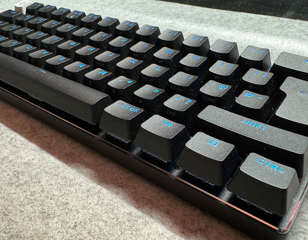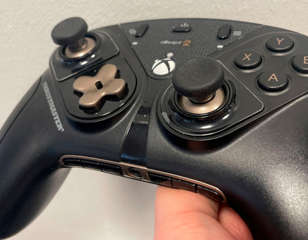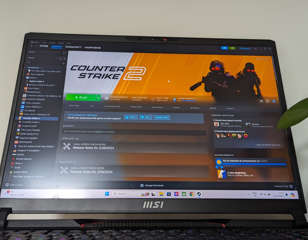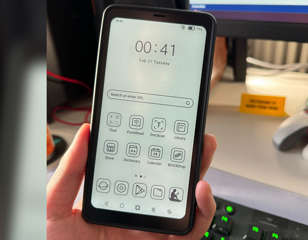MSI GF63 Thin review: Thin size, slim performance
Don't expect to be playing the biggest new games on the MSI GF63 Thin, as it's components - while new in some areas - are not up to the task for the AAA of 2023 and beyond. While DLSS is a huge plus for any compatible games - and works well in titles like Control - you're largely going to want to stick to older and esports games if this is your primary device.
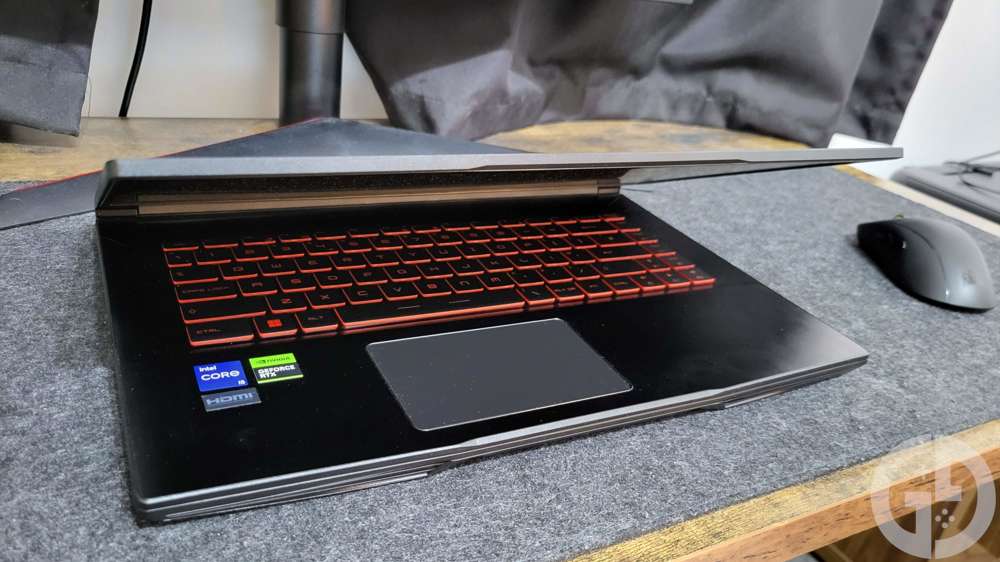
Don't expect to be playing the biggest new games on the MSI GF63 Thin, as it's components - while new in some areas - are not up to the task for the AAA of 2023 and beyond. While DLSS is a huge plus for any compatible games - and works well in titles like Control - you're largely going to want to stick to older and esports games if this is your primary device.
Images via MSI | GGRecon
Creating a gaming laptop in 2023 that is competitive within a highly saturated market is incredibly difficult, as you need the perfect ratio of components to price to justify its worth.
Of course, not everyone needs - or is looking for - top-of-the-range specs, as many of the most popular games out there right now don't require a huge amount of power to run well. However, when you're dropping a fair amount of cash on a piece of hardware, you're going to want to feel like it stands the test of time.
Unfortunately, the MSI GF63 mostly struggles to carve its footprint within the gaming laptop market, with a combination of components that frankly don't make sense for anyone. It does do well in some metrics, but my time with the device left me wondering who exactly this is for.
GGRecon Verdict
Don't expect to be playing the biggest new games on the MSI GF63 Thin, as it's components - while new in some areas - are not up to the task for the AAA of 2023 and beyond. While DLSS is a huge plus for any compatible games - and works well in titles like Control - you're largely going to want to stick to older and esports games if this is your primary device.
Outlining the specs
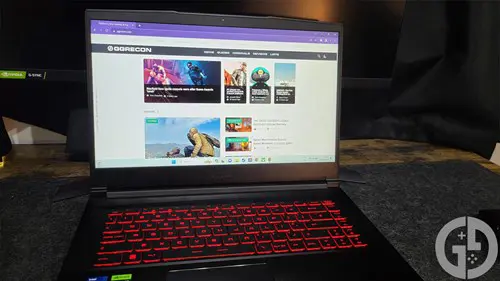
The specs themselves are the most important thing to go over first when considering the MSI GF63 Thin, as they sit at the foundation of why this laptop may or may not be for you. Here are the main components that you'll want to consider when opting for the GF63:
| Component Type | Component |
| GPU | NVIDIA GeForce RTX 4050 |
| CPU | Intel Core i5-12450H |
| Memory | 8GB DDR4 |
| Storage | 512GB NVMe Gen4 |
| Battery | 3 cell, 52.4Whr |
| Display | 15.6", FHD, 144Hz IPS-Level |
One thing to bear in mind is that there are four different versions of the GF63 Thin that feature different components and are priced accordingly. We are reviewing the 12VE-049UK model, so you might want to consider upgrading to any of the three other models that offer improvements to the GPU, CPU, RAM, and more.
There are some shining lights here, with the 4050 GPU and 144Hz display offering improved gaming performance and the potential for smoother gameplay too. The 4050 itself is perhaps the biggest selling point here, as it brings you onto the Ada Lovelace microarchitecture that has huge benefits when it comes to DLSS in particular.
There are unfortunately quite a few decisions when it comes to the components that don't make sense at all, and potentially compromise the viability of this laptop as a gaming device both now and in the next few years.
Arguably the biggest culprit of this is the frankly unacceptable 8GB of RAM, which hasn't been the standard for approaching a decade now. I don't have too much of an issue that MSI hasn't opted for the new and improved DDR5 sticks as they would likely be too expensive for a model within this range, but to not even opt for 16GB of DDR4 is simply not good enough.
We're even getting to the point with modern AAA games that 16GB is stretching it, and games like Escape from Tarkov (while very unoptimised) regularly push beyond the bounds of 16GB, so 8GB is frankly laughable.
While not in the same range as the RAM, it is disappointing to see MSI opt for just 512GB of internal storage in an age when games are only getting bigger and bigger. Granted - it is NVMe Gen4, but one or two big games later and you'll scarcely have any space left, which is problematic if you're a big fan of continual multiplayer games like Call of Duty or ARK: Survival Evolved.
Evaluating performance
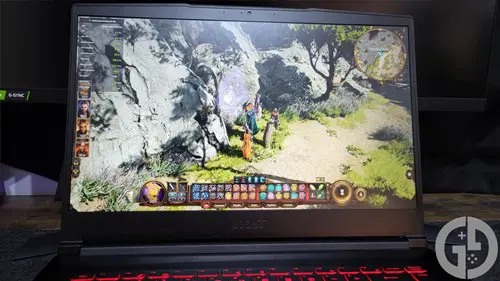
There is no point in criticising specs if you don't put them to the test though, and we've benchmarked the GF63 Thin on a number of games, from the biggest AAA titles to esports giants.
We made sure to play around with settings to ensure an ideal graphical experience and also took advantage of technology like Ray Tracing and DLSS whenever possible - especially in titles that are DLSS 3.0 certified.
Starfield
Starting out with one of the year's biggest - and most demanding - games, Starfield was a true test of the GF63's gaming potential. This was tested before DLSS was added to the game, unfortunately, so all results are at 1080p in New Atlantis with FSR2 enabled:
| Preset/Graphics | Framerate |
| Low Preset | 45 fps |
| Medium Preset | 40 fps |
| High Preset, 100% Resolution Scale | 30 fps |
This isn't too far from what I expected, offering at least 30fps in one of the game's more demanding areas at all graphical levels.
While the 45 fps of the Low Preset is initially the most appealing to someone like me who favours smoothness most of the time, I actually found the High/100% resolution scale combination at 30 fps to be the sweet spot with visuals and performance - proving that you can play Starfield without sacrificing too much in the way of graphics.
I did notice some stuttering though, and consistently poor 99% framerates (which happened to be a trend during my testing), and the GPU was at max utilisation too.
Baldur's Gate 3
Another extremely popular 2023 RPG served as the perfect way to put this laptop through its paces, as we took on Baldur's Gate 3. This was more of a rollercoaster compared to Starfield, where some areas performed well (especially in the early game), whereas others really pushed the limits of certain components.
Unpopulated zones allowed me to get closer to 60 fps (and a little beyond) using medium settings with DLSS at Balanced, but the game is near-unplayable when you head into anywhere populated, and this problem is even worse in the third act too.
Big framerate drops when walking around the titular city were accompanied by constant stuttering, which indicated to me that the CPU and most notably the RAM were being stretched to their limits in a game like this.
Control
Remedy's Control is a fantastic test for any NVIDIA GPU system, as it has both DLSS and Ray Tracing to take full advantage of the technology on offer. In good news, Control was thankfully one of the best successes for the GF63, offering more than playable performance with all of the bells and whistles enabled.
| Preset/Graphics | Framerate |
| High Preset, RT Medium, DLSS On | 60 fps |
| High Preset, DLSS On | 75 fps |
For a game that looks this good to run this well with Ray Tracing enabled is great news, and proves why technology like DLSS is so important for systems like this.
The fan was admittedly very loud when testing, and there were slight (understandable) drops in heavy action scenes and during explosions, but overall I was very impressed with what the GF63 could pull off, especially when compared to the previous two games.
Counter-Strike 2
What many players will be buying a laptop like this for though is esports titles, and Counter-Strike 2 is a fantastic test of this. While CS:GO was the ideal high-end benchmark for most systems, the recent graphical overhaul has dramatically increased the performance demand.
| Preset/Graphics | Framerate |
| Low Preset | 95 fps |
| Medium Preset | 90 fps |
| High Preset | 70 fps |
These are good framerates to achieve, but you're going to want to ensure that you're at least reaching your display's refresh rate for a game like this to ensure peak performance. These results were at 1080p, and you could use stretched res to lower the resolution and improve performance accordingly, meaning that you can get the added performance if you need it - or stick with the improved visuals and a great framerate at FHD.
Overall, the in-game performance with the GF63 was very much a mixed bag that leaned towards the unsatisfying side of things - depending on the type of games that you play. If you're predominantly a fan of esports titles or tend to stick to older games then this laptop will serve you well, but anyone looking to jump into the latest big releases will really struggle - especially in the years to come.
Furthermore, while the battery did prove to be strong in general web-browsing and lesser tasks, it very much struggled when gaming - topping out at just an hour in most cases. You would struggle to make any meaningful progress when playing unplugged, which isn't great if you do want to take this on the go.
Dissecting the design
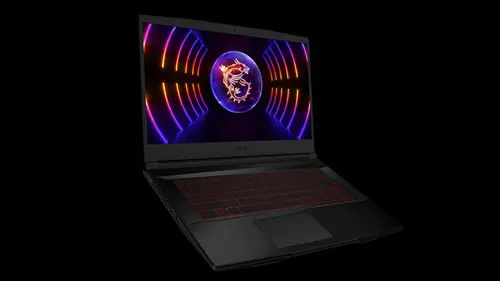
While having absolutely no bearing on the performance of the laptop, the design of the MSI GF63 is definitely worth considering.
What is initially a little strange is the first thing that I noticed about the laptop on first inspection - it's not actually that thin. The fact that it is a part of the device's name made me expect something a little more slender - but it is by no means a chunky laptop that gaming devices can often fall into the trap of being.
What is impressive though is the weight, as it is noticeably lighter than a lot of other gaming laptops I have encountered, making it ideal for anyone who travels a lot or takes it to work or school.
From the outside, it isn't too garishly 'gamer', with nothing but the red MSI logo brandished on the front with an otherwise stealthy design. I don't love the glossy brushed finish that sits behind the logo, but that is very much a thing of personal taste.
Another instance of personal taste comes from the red paint that backs the keyboard, giving a perpetual faux backlight that frankly diminishes the effect of the actual keyboard lights themselves. I'm very much not one for RGB or any gaming lights, so to have this permanently affixed to the keyboard isn't something that I love, but I can understand why this would be appealing and add some style for some.
The Verdict
Overall, using the MSI GF63 Thin was unfortunately a rather disappointing experience, and it is challenging to recommend it to anyone who is looking to use it as their main gaming device.
While you will have an enjoyable time if you're not that bothered about new games, the laptop has some clear deficiencies that mean that AAA gaming is already lacklustre - and that doesn't take into consideration the rising performance demands year-on-year that will quickly make this device struggle even more.
It is great to see the inclusion of the 4050 though, as it brings significant technology that dramatically improves performance in DLSS/RTX-enhanced games like Control, and the 144Hz screen is still lovely to see, making both gaming and general use feel smoother.
3/5
Review unit provided by the manufacturer.
Comments

